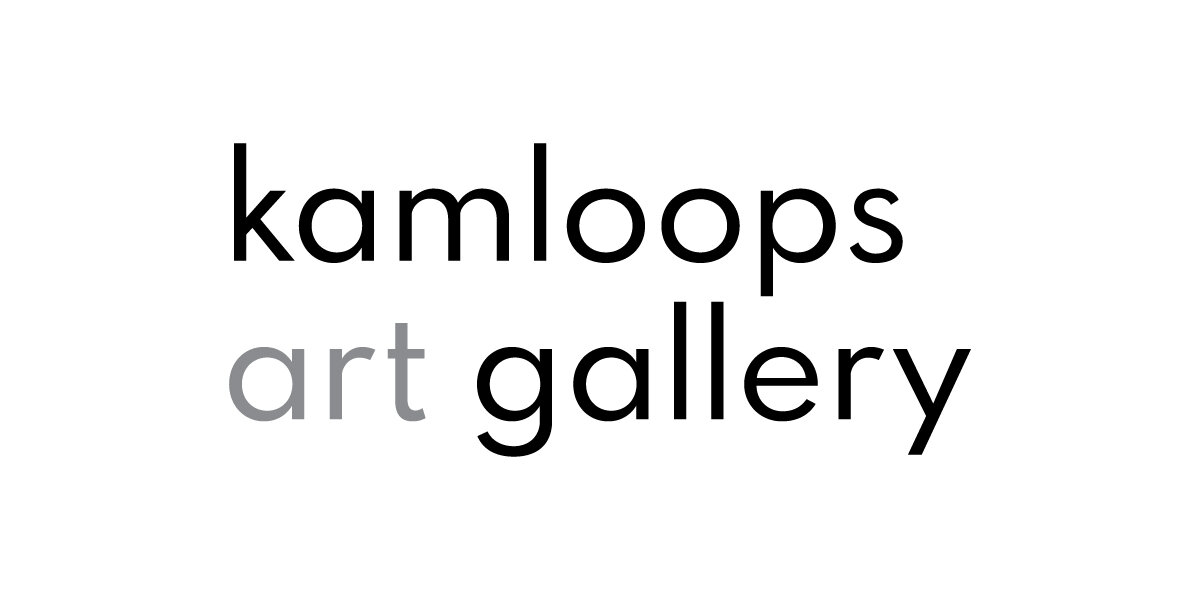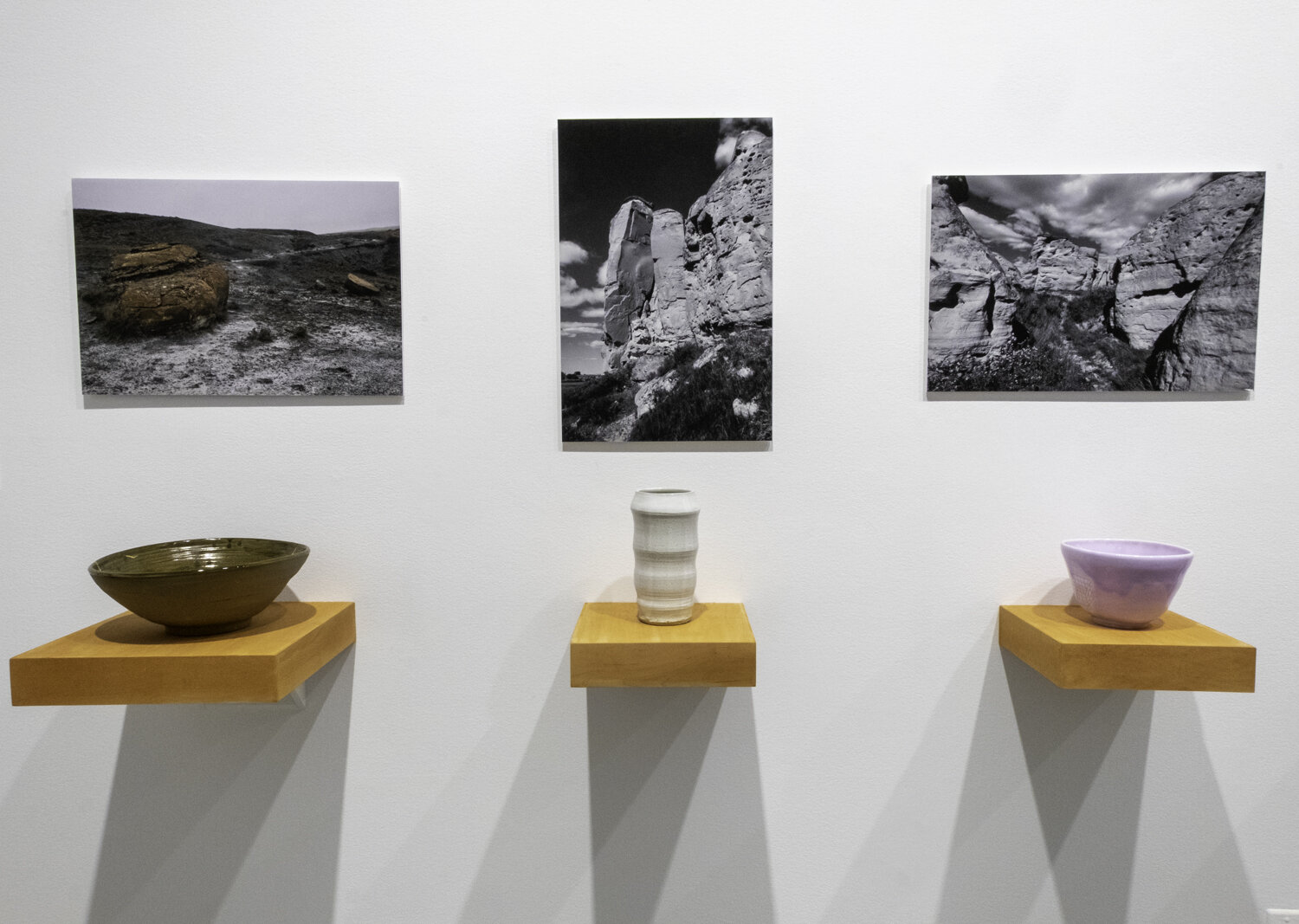IONIC BONDS
Maggie Boyd
Steven Brekelmans
Tom Burrows
Babak Golkar
Glenn Lewis
Eunice Luk
Paul Mathieu
Eric Metcalfe
Gailan Ngan
Wayne Ngan
Central Gallery
July 13 to September 21, 2019
Curated Charo Neville
The act of forming objects out of clay and permanently fixing them with fire is one of the most ancient cultural practices. Going back thousands of years, ceramics have been integral to the progress of human development. Within the history of Western art, ceramics have been considered a decorative or applied art and have generally not been classified as “high art,” but this view is shifting. The emergence of ceramic sculpture into the wider history of art peaked in the postwar art of the 1950s and ‘60s. As a response to the destructive tendencies of materialism and technological advances in the aftermath of the war, ceramics were considered part of a modern design movement aimed at recovering that which is universally human.
Through their books and workshops, the potter Bernard Leach, along with Shoji Hamada and Soetsu Yanagi, actively promoted studio pottery in England and Japan and became profoundly influential around the world in the 1950s and ‘60s. They saw studio pottery as a humanist activity that extended our cultural continuity into the Neolithic past, and they proposed a meeting of Eastern and Western culture through an “art of living” that acknowledged the values of the individual craftsperson, the importance of handmade objects and a connection to the land.
Bernard Leach’s philosophy permeates the art history of British Columbia. A revival of craft was seen regularly in exhibitions at the Vancouver Art Gallery from the 1950s to the ‘70s and was evident in the work of a generation of now well-known artists emerging from the Vancouver School of Art (now Emily Carr University of Art + Design) at that time. While studio pottery remained a prominent practice through the 1970s, it began to disappear from institutional discourse as distinctions between so-called high and low art re-emerged in “fine art” exhibitions. Leach’s influence on BC potters and the craft/art dialogue was brought to the forefront again in the seminal 2004 exhibition Thrown: Influences and Intentions of West Coast Potters, organized by the Morris and Helen Belkin Art Gallery.
While studio potters continue to produce and have influence, the commitment to a back-to-the-land ethos, so central fifty years ago, is arguably less possible and attractive now than it was then. The resurgence of ceramic practices today may be indicative of a rise in the importance of handmade things generally and, in the contemporary art world, a strong interest in materiality. The ten artists in Ionic Bonds refer to the legacies and histories of ceramics while pushing the limits of functionality towards a ceramic art that integrates altogether new forms, including video, interactive projects and installation. They span many generations and backgrounds. In some cases, the artists maintain a fluid integration of studio pottery along with a conceptual art practice, while others make work in many mediums, including ceramics, as part of their broader intellectual and material exploration.
The atoms in ceramic materials are held together by chemical bonds. An ionic bond occurs between materials with different electronegativity—metal and non-metal. The metal atom transfers electrons to the non-metal atom, becoming positively charged, whereas the non-metal becomes negatively charged. The two ions, having opposite charges, attract each other with a strong electrostatic force. The artists in this exhibition are bonded by their distinctive approaches to ceramics. Through diverse ways of working with clay, the artists respond to the deep historical roots of ceramics, the medium’s connection to the land and its ability to transform through human contact.
Ionic Bonds
In conjunction with the exhibition Ionic Bonds presented at the Gallery July 13 to September 21, 2019, this full-colour publication provides texts on each of the ten artists featured in the exhibition and a curatorial text about the exhibition, written by Charo Neville, Curator, Kamloops Art Gallery.
Gailan Ngan
You-ka, 2017
clay, slips, glaze, rope, 43.9 x 30.5 x 22.9 cm
Courtesy of the artist and Monte Clark Gallery
Photo: Goya Ngan


















